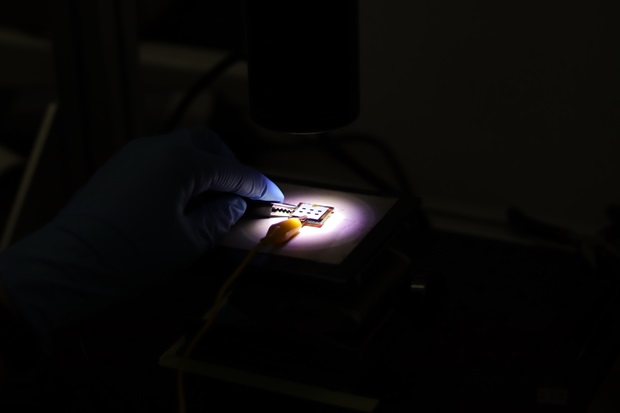Researchers from China’s Huaqiao Univerisity have now claimed 26.39% efficiency from perovskite solar cells with a special technology. The researchers said that highly efficient perovskite solar cells in the n-i-p structure demonstrated limited operational lifetimes earlier due to the layer-to-layer ion diffusion in perovskite/doped hole-transport layer (HTL) heterojunction, leading to conductivity drop in HTL and component loss in perovskites.
Talking about the intervention of the researchers, the scientific paper published by the researchers in Nature Communications said, “Herein, we introduce an ultrathin (~7 nm) p-type polymeric interlayer (D18) with excellent ion-blocking ability between perovskite and HTL to address these issues. The ultrathin D18 interlayer effectively inhibits the layer-to-layer diffusion of lithium, methylammonium, formamidium, and iodide ions. Additionally, D18 improves the energy-level alignment at the perovskite/HTL interface and facilitates efficient hole extraction. The resulting PSCs achieve efficiencies of 26.39 (certified 26.17) and 25.02% with aperture areas of 0.12 and 1.00 square centimeters, respectively.”
The researchers said that the devices retain 95.4% of the initial efficiency after 1100 hours of operation in maximum power point tracking, representing significant stability advancements for high-efficiency n-i-p PSCs.
The researchers said that the idea of incorporating a hole-selective interlayer in PSCs was inspired by proton exchange membrane (PEM) fuel cells, where the PEM serves as a proton conductor while blocking the diffusion of other chemical species.
“To achieve highly stable n-i-p PSCs with high efficiency, the inserted hole-selective interlayer is expected to efficiently transport photo-generated holes and inhibit ion diffusion,” the researchers said.

